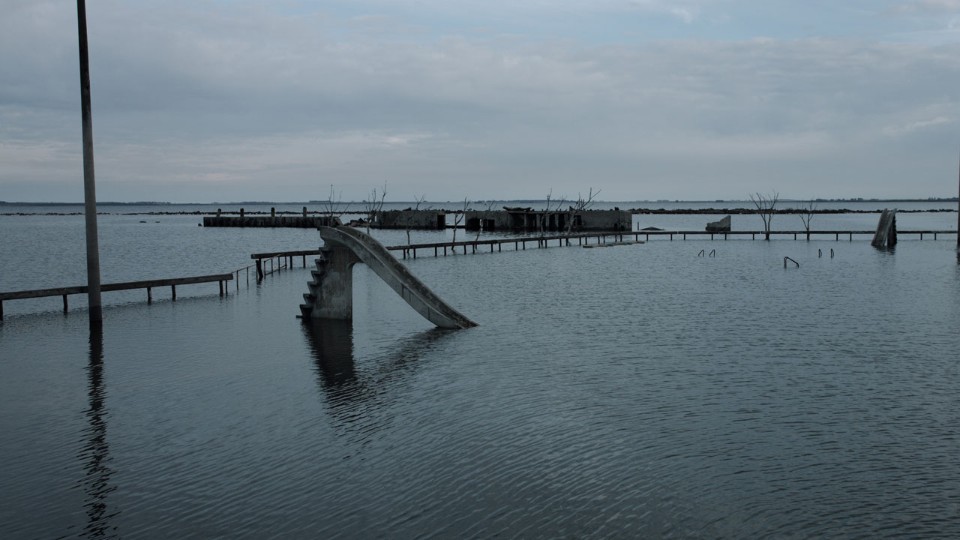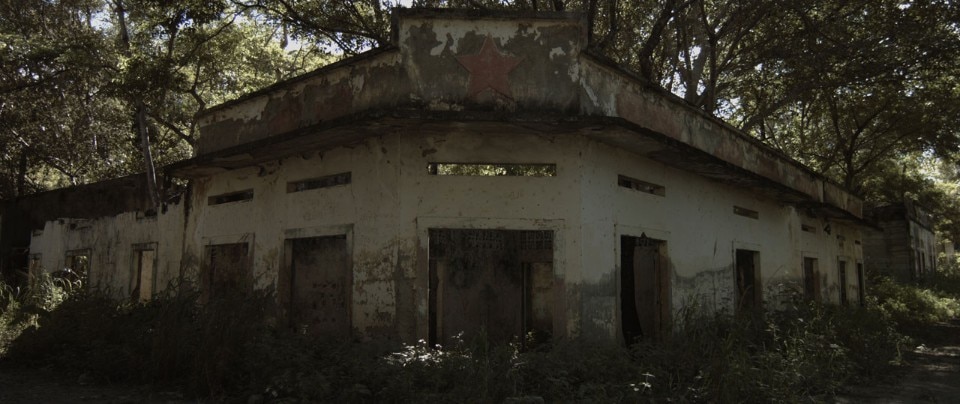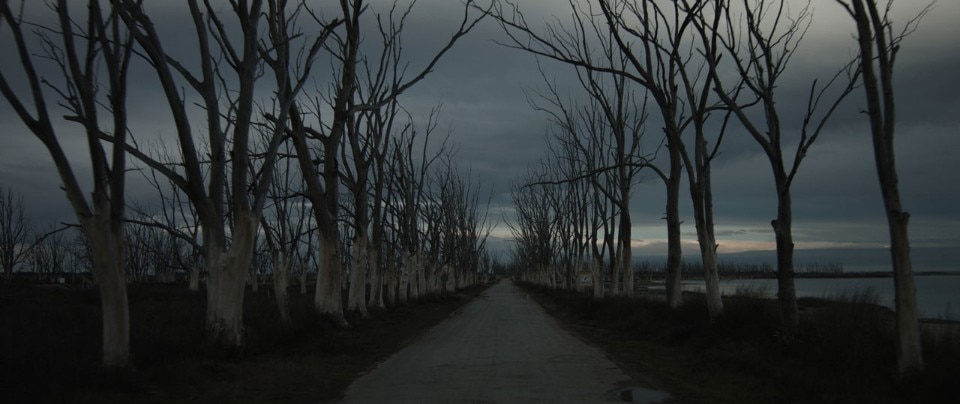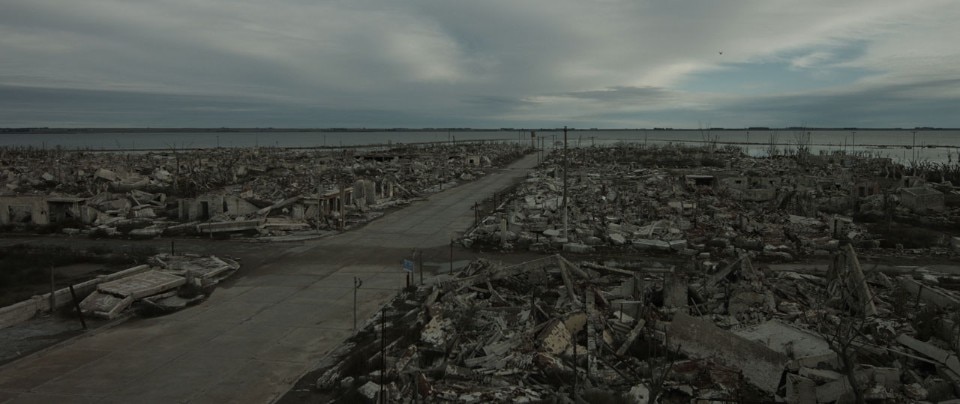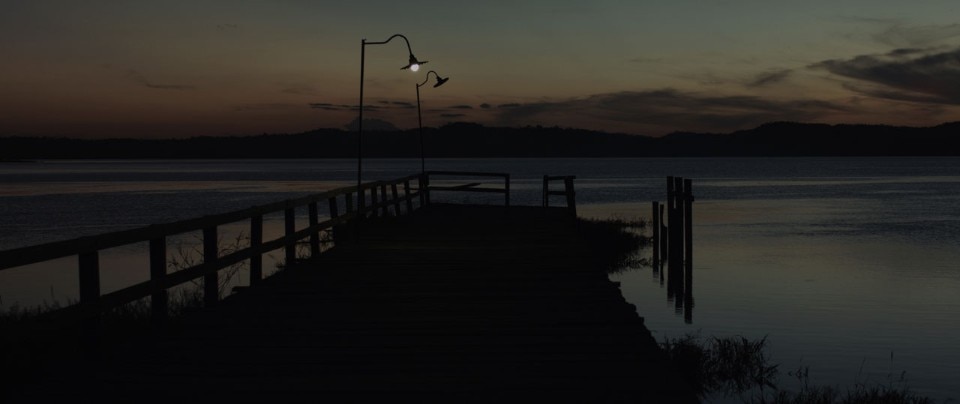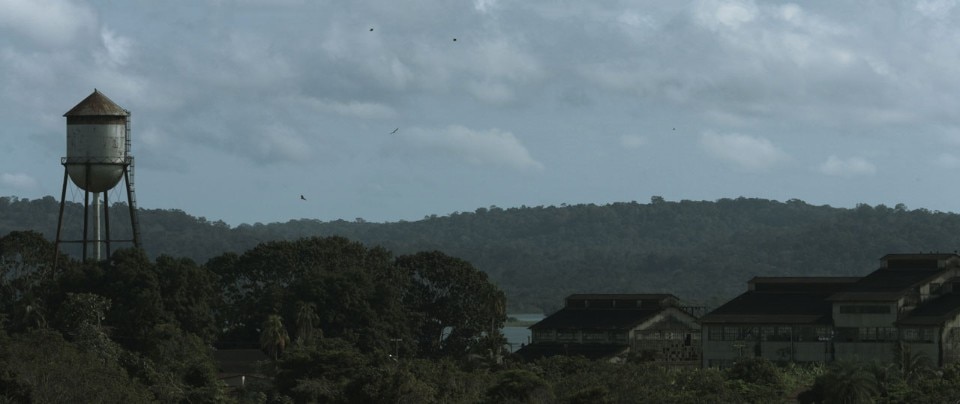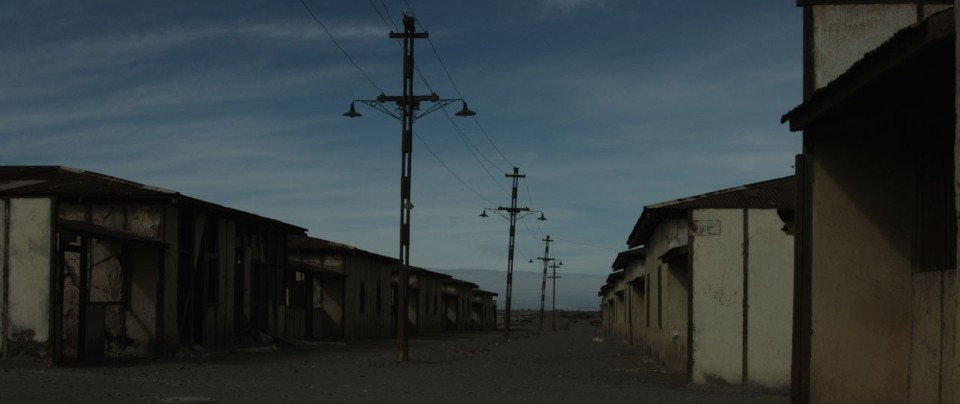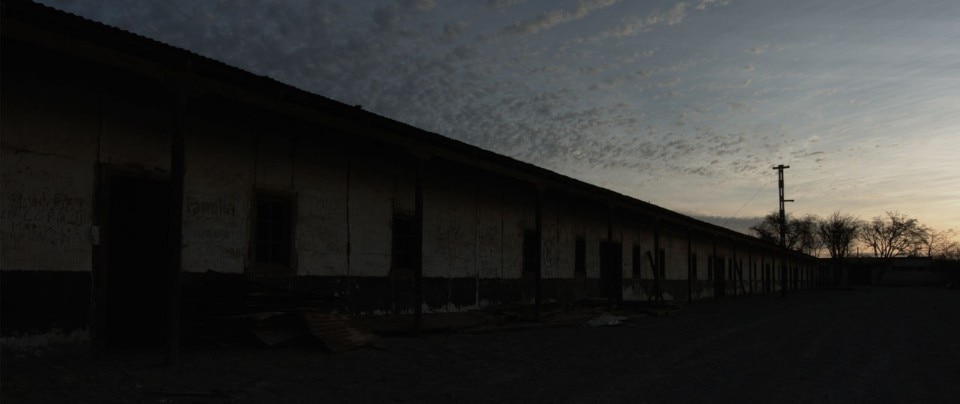“Agenda Brasil” is a festival of Brazilian movies, literature and music held in Milan from 17 to 29 July 2018. It will subsequently travel to Rome, Turin and Genoa. In Milan, the festival locations are several. Films are shown at Spazio Oberdan, and other cultural events are hosted at the Padiglione di Arte Contemporanea, for example the exhibition “Brazil. Knife in the flesh” (until 9.9.2018). The film cycle includes 21 works (full-length features, documentaries and shorts) representing the best of contemporary Brazilian cinematography. All are connected by a thread, a crucial theme for a country so vast, variegated and multifaceted: the search of identity.
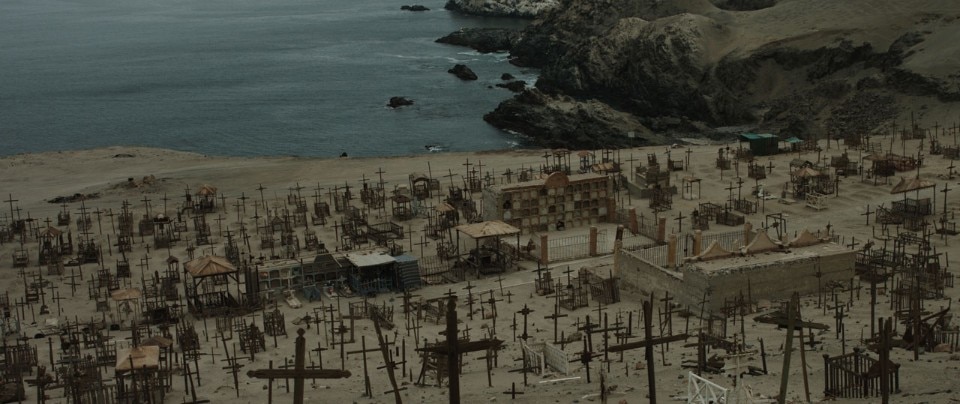
One of the films shown at “Agenda Brasil” is the documentary Cidades Fantasmas by Tyrell Spencer, a fascinating and moving trip to abandoned places in the South American continent. Destroyed ghost cities no longer in existence are recounted by the few who did not surrender to the loss and continue to return or even live there, in memory of happy times now faraway, or a loved one buried under the ruins. The imagery is even more evocative than the words, but together they recreate the desolation of the empty spaces and crumbling walls of these skeletal phantom cities, as they are called in the film’s title.
Some of the cities were left behind following the end of economic activities to which they were intrinsically linked. Humberstone was a town that grew around a saltpetre mine in the dusty Atacama desert (the driest on earth) in Chile. When the mine closed in 1960 after 100 years of exploitation, the town depopulated, only to be gradually colonised by dust.
Fordlândia in Brasil met with a similar fate. Founded by the American industrialist Henry Ford to produce his own source of rubber, the town’s stately homes look as if they were teleported over from the United States. Patios, woodwork and fenced gardens are immersed in encroaching vegetation that is kept at bay by human labour. Where once the Star-Spangled Banner proudly flew, emptiness reigns. The houses are occupied and maintained by a handful of workers who returned here in search of a free place to live. They also found their past. These two stories of abandonment introduce with growing intensity two stories of destruction. The last is that of Epecuén, Argentina, once a busy lakeside tourist village renowned for the therapeutic qualities of its saltwater baths. The town, a spa with non-stop partying and dancing, was destroyed by human error. A deplorable artificial canal designed to resupply Lake Epecuén with water caused its progressive flooding.
The documentary’s climax is found in the next-to-last story, about Armero, Colombia, which was ravaged by the violent eruption of a volcano. Subsequent melting of nearby glaciers provoked mudslides that engulfed the surroundings, killing more than 20,000 inhabitants.
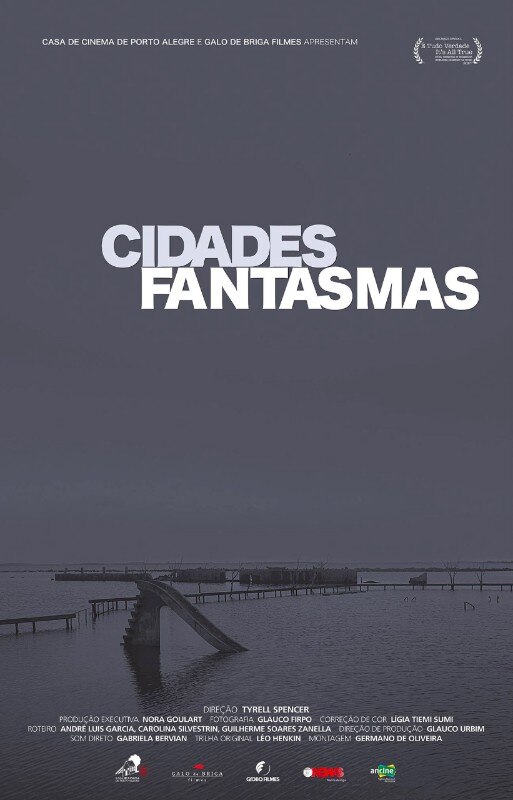
The visuals of this documentary are its strong suit, meticulously and expressly crafted as they are. The cities are shown mainly in two ways: on the one hand, there are relentless fixed shots that stress the solitude and geometry; on the other, there are long, sinuously moving Steadicam shots that grab the viewer and bring him to the location to walk through the ruins. The audio is without music, allowing the prevalence of ambient sound, which is close to silence, and giving emphasis to the voices of witnesses who once lived in these places and vivify them with their memories. Archive photos re-emerge like UFOs, speaking to us of a past so distant from the present as to seem steeped in mythology.
Cidades Fantasmas has the merit of not only keeping alive the memory of places that no longer exist, but also conveying the grief of all stories of decline. Several familiar sagas from Latin American literature come to mind, such as One Hundred Years of Solitude by Gabriel García Márquez and The House of the Spirits by Isabel Allende, in which the succession of generations brings with it radical changes to places, described in their glorious past and then in a less stimulating present of emptiness and abandonment. The film also has the virtue of showing us the exact opposite of architecture, in other words its destruction by humankind or nature. This reminds us how important our built surroundings are in the construction of our wellbeing, our personality, our story as women and men of this world. The streets on which we grow up, the houses we live in, the care we place in developing the forms of the spaces in which our life unfolds, all define our souls. And when those places crumble and fall, a substantial part of us does too.
- Film title:
- Cidades fantasmas
- Director:
- Tyrrell Spencer
- Country:
- Brasile
- Production companies:
- Casa de Cinema de Porto Alegre Galo de Briga Filmes


